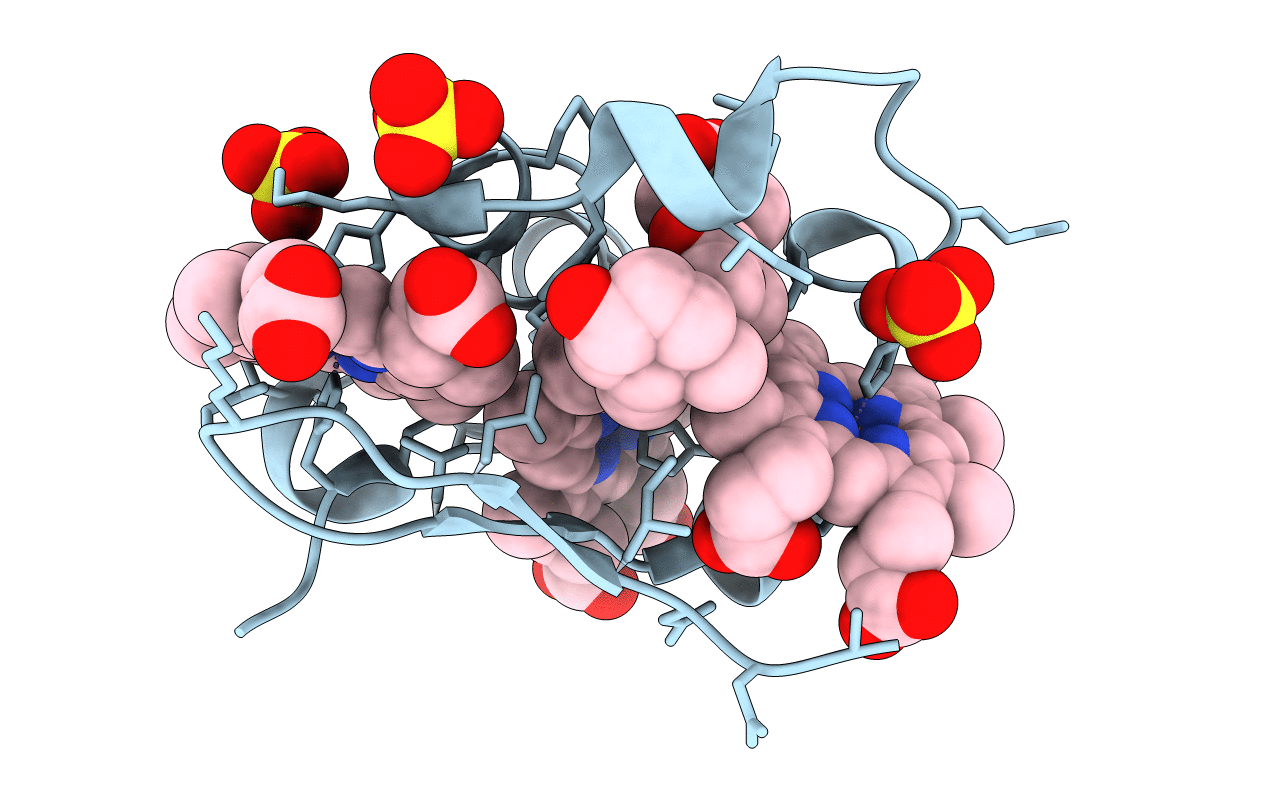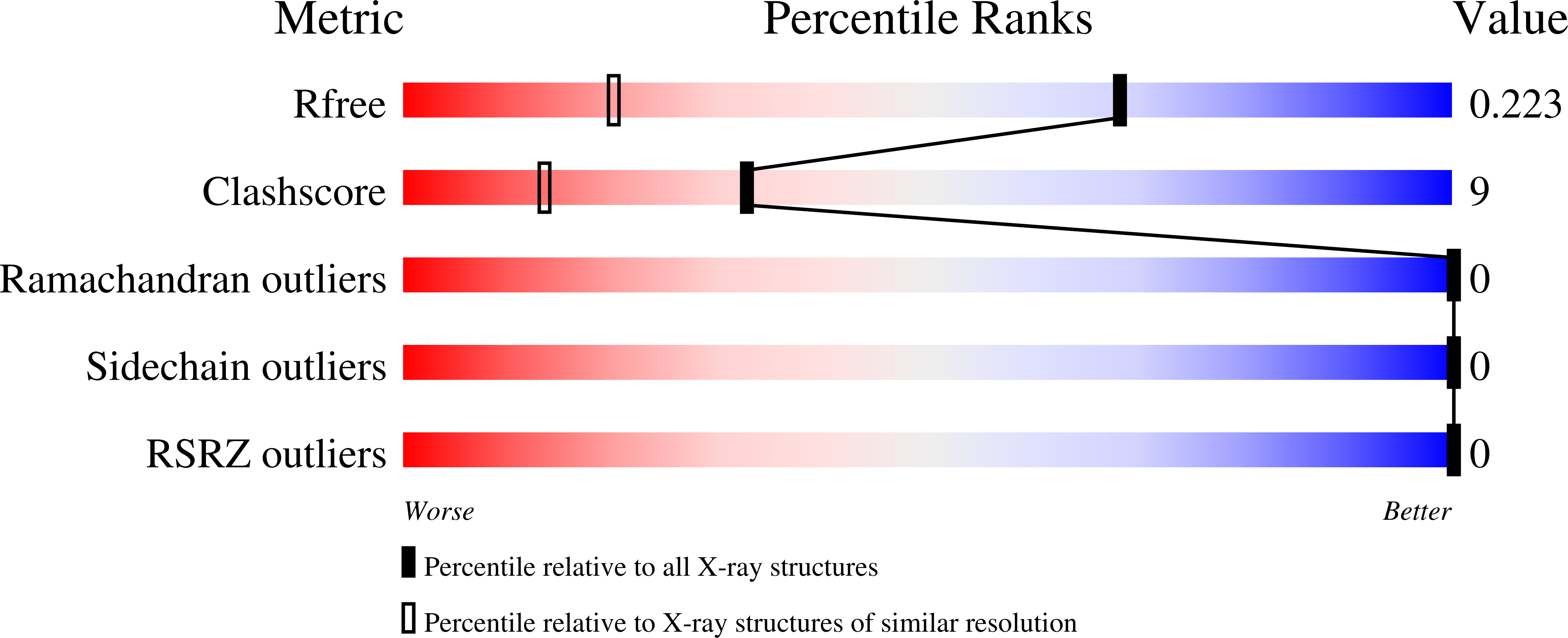
Deposition Date
2003-03-18
Release Date
2004-02-03
Last Version Date
2024-11-20
Entry Detail
Biological Source:
Source Organism:
Geobacter sulfurreducens (Taxon ID: 35554)
Host Organism:
Method Details:
Experimental Method:
Resolution:
1.45 Å
R-Value Free:
0.22
R-Value Work:
0.18
R-Value Observed:
0.18
Space Group:
P 43 2 2


